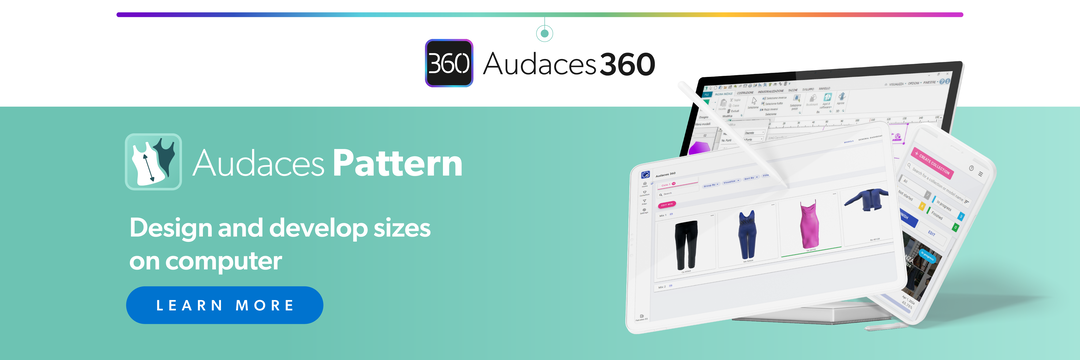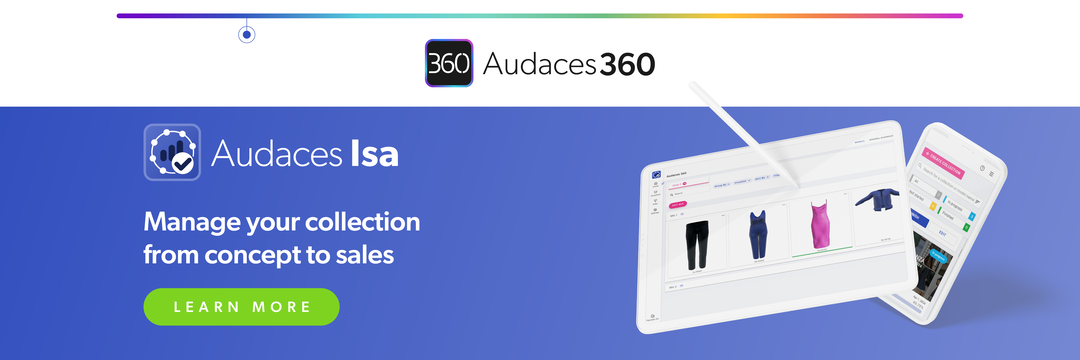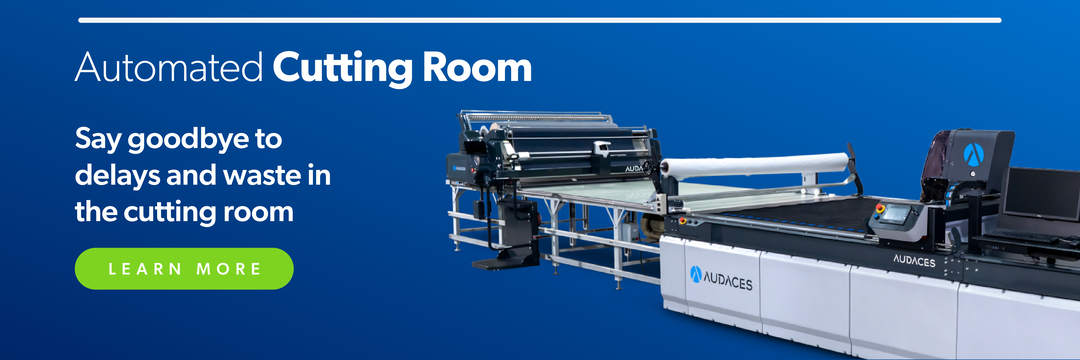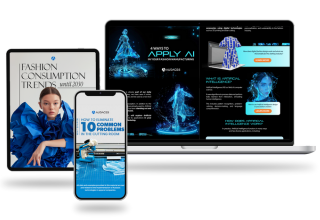Summary
- Learn how to apply crowdsourcing strategies to enhance creativity and efficiency in your fashion business.
- Understand the main benefits of involving consumers and communities in design and production processes.
- Want more industry insights and actionable tips? Subscribe to our newsletter!
Crowdsourcing has become a driving force of innovation across industries, and fashion is no exception. This approach leverages the creativity of a large group of people to reach the same goal. It could be developing new products, solving challenges, or improving processes.
In this article, you’ll understand what crowdsourcing really means and how it applies to fashion. We’ll explore how brands can use it to co-create designs with consumers, test new concepts faster, and stay ahead of trends.
Now, let’s dive into how to use crowdsourcing to unlock creativity and efficiency in your projects.
Enjoy the read and get inspired!
Sumário
What is crowdsourcing and what is its use?
The term crowdsourcing comes from combining the words “crowd” and “outsourcing”. It means to delegate certain tasks to a large group of people rather than a single specialist or department.
This concept became popular after the Wired article by Jeff Howe in 2006. It explored how businesses could tap into the collective intelligence of the public to generate ideas, designs, and solutions. Since then, crowdsourcing has evolved into a powerful strategy across various industries.
In simple terms, crowdsourcing means gathering ideas, feedback, or even complete projects from a community. These contributors can be customers, designers, or independent creators who collaborate through online platforms.
Instead of relying solely on internal teams, brands can use the creativity and diversity of the crowd. It’s a way to improve their products or discover new directions.
How does crowdsourcing work?
Crowdsourcing works by opening a specific challenge, task, or question to a community of contributors. A brand, organization, or individual defines a goal and invites the crowd to participate. It could be for creating a new design, naming a product, or improving a process.
This participation often happens through digital platforms. They connect the company to a network of people willing to contribute their ideas and skills.
The process usually begins with a clear problem or objective. Then, people submit their suggestions, designs, or solutions. Next, the company evaluates the contributions, rewards participants, and applies the best proposals.
The model has proven particularly effective for solving a problem quickly. This is because it gathers multiple perspectives in a short amount of time.
Crowdsourcing vs Crowdfunding: What’s the difference?
Although they sound similar, crowdsourcing and crowdfunding serve different purposes.
Crowdsourcing focuses on collecting ideas, content, or creative input from a group of people. Meanwhile, crowdfunding is about raising financial support from a community to fund a project or business.
Both rely on collective participation, but their goals and outcomes are not the same.
In crowdsourcing, the value comes from the crowd’s knowledge, creativity, or skills. Brands use it to co-create products, gather feedback, or improve processes.
Crowdfunding, on the other hand, is a financial model. People contribute small amounts of money in exchange for early access to a product, rewards, or equity.
Most common types of crowdsourcing used by companies

Contests
Contests are one of the most popular and engaging forms of crowdsourcing. They invite participants to submit creative ideas and solutions to a specific challenge. Companies then select the best entries, often offering rewards, recognition, or collaboration opportunities to the winners.
This model works especially well in fashion, where creativity is the heart of the business. By organizing design contests, brands can discover new talents, collect diverse perspectives, and connect with their audience.
It’s also a valuable marketing tool that generates excitement and visibility for the brand.
Crowdfunding
Crowdfunding is another type of crowdsourcing that focuses on financial collaboration.
Brands share their ideas online instead of just depending on investors or loans. They invite people to give small amounts of money to make it happen. Contributors often receive rewards, exclusive access, or the finished product in return.
One of the biggest advantages of crowdfunding is that it allows brands to test their concepts in real time. Before committing to production, they can measure interest, validate demand, and build a loyal community around their project.
Macrotasking
It involves assigning larger, more complex tasks to specific individuals or groups with the right expertise.
Unlike microtasks, these projects require deeper knowledge, creativity, or strategic thinking. It could include designing an entire collection, creating a marketing plan, or developing a new technology for the brand.
Companies use macrotasking when they want to benefit from specialized external input without hiring full-time staff.
Microtasking
Microtasking, on the other hand, divides a big project into small tasks that many people can complete simultaneously.
These might include labeling product images, answering surveys, or providing quick design feedback. By involving a large number of contributors, companies can gather insights, data, or opinions more efficiently.
One key advantage of crowdsourcing through microtasking is speed. Because many participants work at the same time, you get results quickly and at a lower cost.
How to adopt crowdsourcing in your fashion brand

Define your goals clearly
Before launching a crowdsourcing initiative, it’s essential to know exactly what you want to achieve.
Are you looking for new design ideas, customer feedback, or process improvements? Defining your goals clearly helps you attract the right type of participation. It also ensures that the results are aligned with your business objectives.
A clear goal also helps participants understand the purpose of the project and what kind of contribution to expect.
Make it part of your company culture
For crowdsourcing to deliver real value, it shouldn’t be treated as a one-time experiment. It needs to become part of your brand’s mindset and daily operations.
Encouraging collaboration and openness to external ideas helps your team stay innovative and connected to market trends. It transforms the way you make decisions and fosters a sense of community between your brand and its audience.
Identify the areas that can benefit from it
Not every department or process will gain the same value from crowdsourcing. Take time to identify which areas can truly benefit, such as design, marketing, product development, or customer experience.
By targeting specific areas, you can focus your efforts and measure results more effectively.
Use a platform that allows everyone to collaborate
Using a crowdsourcing platform makes it easier to connect people, manage submissions, and analyze results efficiently.
These platforms create a structured environment where collaboration flows smoothly and you can track contributions transparently.
Integrating technology is essential for success in fashion production. Now, are you ready for exclusive and powerful insights? Download our free ebook to unlock new growth opportunities!
Promote your campaign strategically
Even the best crowdsourcing idea won’t succeed without visibility. Promoting your campaign through social media, newsletters, and online communities is key to attracting diverse participants.
The more people you reach, the better your chances of discovering innovative ideas.
Make sure good ideas don’t go to waste
After collecting ideas, take the time to review and evaluate them carefully. Not every contribution will fit your goals, but some may spark valuable inspiration for future projects.
It’s also important to give feedback and close the loop with contributors.
Let them know how their ideas influenced your decisions or designs. This transparency strengthens trust and motivates your community to keep collaborating with your brand.
What are the main challenges of adopting crowdsourcing?
While crowdsourcing offers many advantages, it also brings some challenges. One of the main concerns is managing the large volume of contributions. Sorting through hundreds or thousands of ideas can be time-consuming. Without clear evaluation criteria, you might overlook good proposals.
Another challenge is maintaining consistency and quality. Because contributors come from diverse backgrounds, the submissions may vary in style, skill, or relevance. That’s why establishing guidelines help ensure the final results align with your brand standards.
Lastly, protecting intellectual property is essential. When multiple people contribute to the same project, ownership and usage rights must be very clear.
Benefits of crowdsourcing for fashion businesses
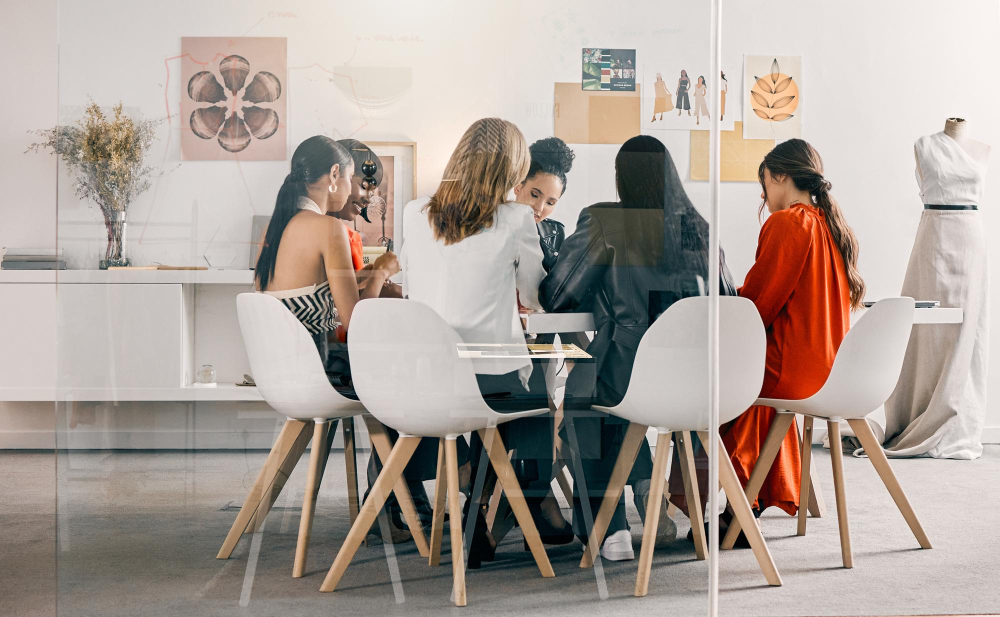
Saving time and money
Crowdsourcing can help fashion brands accelerate processes that would otherwise take weeks or months. By opening a project to a group of contributors, you can gather diverse insights in a fraction of the time.
In addition, it minimizes expenses linked to hiring consultants or specialized teams for every new project. Instead, you can rely on external communities that contribute voluntarily or in exchange for small incentives.
Stronger customer engagement
Involving consumers in the creative process strengthens their connection with the brand.
When customers help shape collections or vote on new designs, they feel recognized and valued. This emotional involvement increases loyalty and turns them into brand advocates who promote products organically.
Generation of new ideas
One of the greatest benefits of crowdsourcing is the constant flow of fresh, creative perspectives. You gain access to unexpected ideas and solutions that might not emerge within internal teams.
Diversity of thought leads to more original designs and concepts!
Continuous innovation
Crowdsourcing turns innovation into an ongoing process rather than an occasional event. Every campaign or challenge opens new opportunities for improvement and creative exploration.
When you maintain a continuous dialogue with your audience, it’s possible to adapt faster to changing consumer expectations.
This constant feedback loop ensures that innovation never stops. You can test ideas in small steps, refine them based on public input, and release improved products more frequently.
Shared learning
Through collaboration, teams and participants exchange knowledge, techniques, and cultural insights. For fashion brands, this means staying informed about emerging trends, technologies, and consumer values.
When the company and its contributors learn from each other, the entire creative ecosystem grows stronger and more innovative.
Faster problem-solving
With crowdsourcing, companies can address challenges more efficiently by harnessing collective intelligence.
By presenting a problem to a large community, many perspectives and potential solutions appear quickly. This makes it easier to identify the best approach without spending excessive time or resources.
The diversity of viewpoints leads to practical, agile decision-making and helps brands stay ahead of competitors.
Market data collection
Another major advantage is the ability to gather valuable market insights directly from consumers. Every submission, vote, or comment reveals patterns about preferences, behaviors, and expectations.
Use this data to refine collections, adjust pricing strategies, or identify niche opportunities. Transform participation into information, so crowdsourcing becomes not only a creative tool but also a reliable method for market research.
Innovate through crowdsourcing and make the most of Audaces solutions
Innovation and technology go hand in hand — and Audaces leads the way. We created the first platform to integrate every step of fashion production, from design to sales. This way, we can help brands achieve smarter and faster results.
See how a major women’s fashion company reinvented its business with our solutions!

Audaces360
Audaces360 integrates cutting-edge digital innovations to optimize workflows in the textile and apparel industry.
It caters to companies of all sizes and types, offering the flexibility to scale with your business needs.
All solutions were carefully developed to address the specific challenges of the field. They streamline the design and production processes, saving valuable time and resources.
The platform boasts a comprehensive range of functionalities, including pattern making, marking, collection management, vector drawing, and 3D creation.
In addition, a fashion Artificial Intelligence to assist you along the way.
Discover Audaces360 and unlock a world of possibilities for fashion design and production. Explore our comprehensive suite of solutions today!
FAQ
The term crowdsourcing comes from combining the words “crowd” and “outsourcing”. It means to delegate certain tasks to a large group of people rather than a single specialist or department.
Crowdsourcing works by opening a specific challenge, task, or question to a community of contributors. A brand, organization, or individual defines a goal and invites the crowd to participate.
Crowdsourcing focuses on collecting ideas, content, or creative input from a group of people. Meanwhile, crowdfunding is about raising financial support from a community to fund a project or business.


